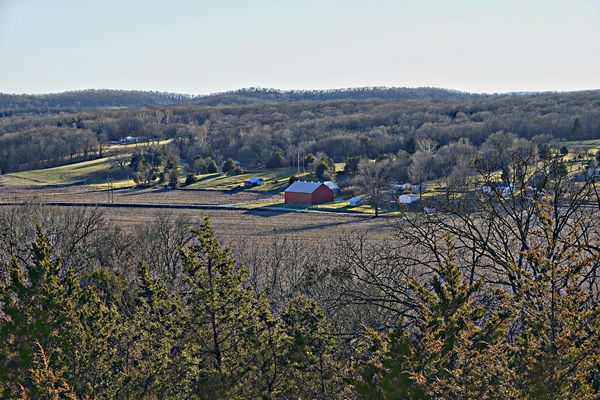RAW’s advantages elude me- what am I missing?
Feb 22, 2020 09:47:44 #
lsaguy wrote:
Doesn't it just come down to a single word? Control. With jpeg you surrender it to the camera's software, With RAW you have the potential to shape the image to your vision.
Rick
Rick
Putting it in a single word, insurance.
Shoot raw+jpg
Feb 22, 2020 09:53:30 #
I shot jpegs for years because when I started teaching digital photography at a high school we didn't have the necessary software to convert all of the different RAW files from different brand cameras. When I was finally able to do it I never looked back. I put together a few samples of RAW vs Jpegs I use for students. It really comes down to the fact that Jpegs discard a lot of relevant information which remains in the RAW files to be recovered. Extreme scene contrast is the biggest issue to me. If there is important information in both highlights and shadows it helps to have recoverable detail. The RAW file itself, in order to be viewed in Adobe Camera Raw, is very similar to a Jpeg but the original information is still there to be "recovered." The time spent editing RAW vs Jpegs is insignificant and of very little difference to me after doing it a lot.
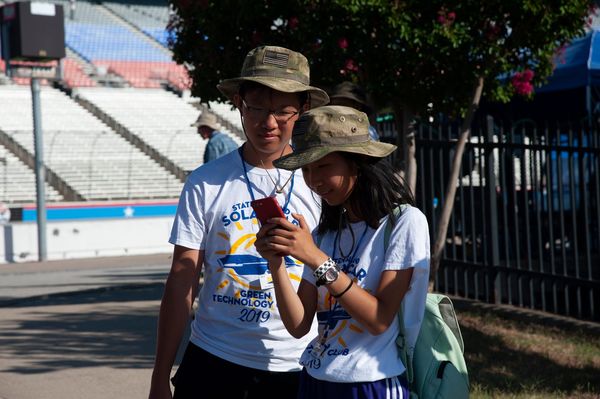
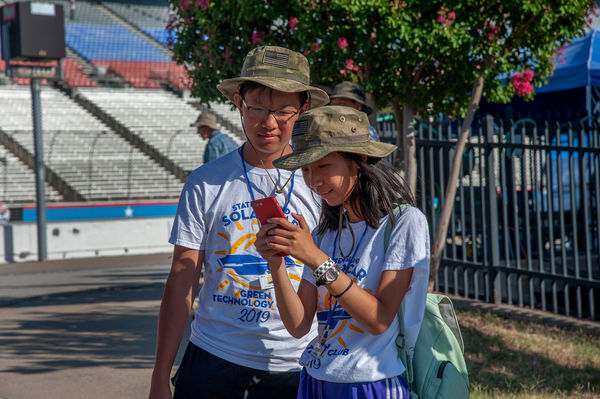
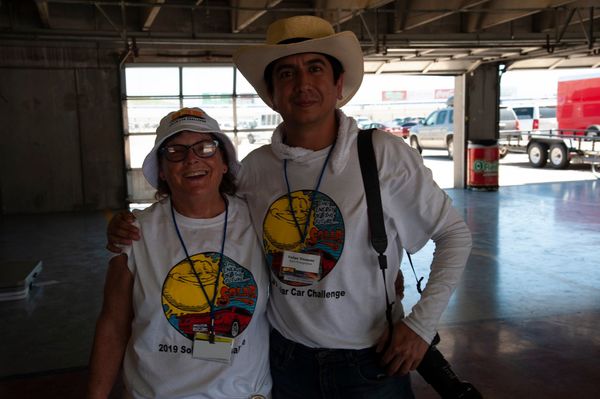
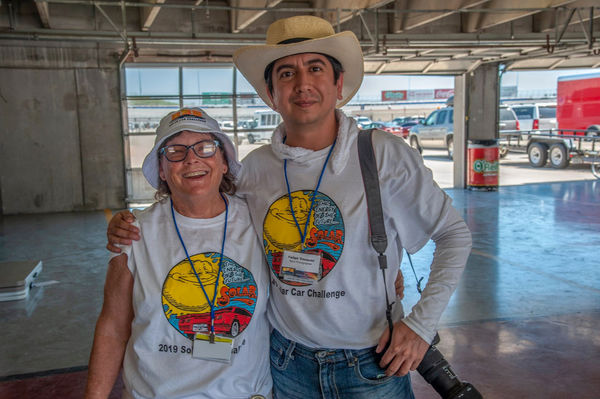
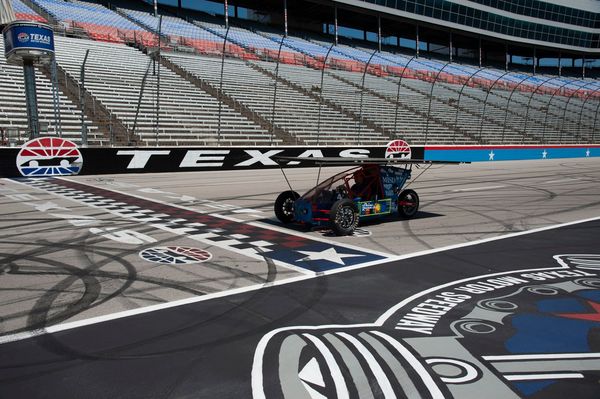
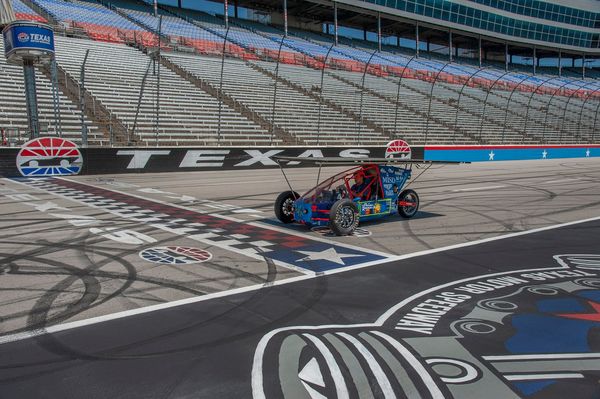
Feb 22, 2020 10:08:00 #
To me when I set my camera to raw and look at the number of images I can get on a formatted card i.e 100 and then i set the card to high jpeg and i can get 150 and at low jpeg maybe 500 images. to me this means that the camera is eating up a lot of detail. memory is cheap and i want to be able to get as much detail as possible.
It's your hobby so do what is best for you and don't let anyone tell you what to do. If you are happy with the results of your jpeg images by all means go for it.
It's your hobby so do what is best for you and don't let anyone tell you what to do. If you are happy with the results of your jpeg images by all means go for it.
Feb 22, 2020 10:22:22 #
Robg wrote:
Since it might have relevance to what follows, her... (show quote)
In your effort to tell us something you failed to mention how your photographs suffered, or not.
Feb 22, 2020 10:30:43 #
Blenheim Orange wrote:
This video from Adorama is pretty good.
5 Steps to Better Understanding When to Shoot RAW vs JPEG | Mastering Your Craft
https://youtu.be/uk-luMDIKCE
There really is no legitimate basis for any controversy about this topic, let alone any reason for the bitter feuds that always seem to erupt.
Mike
5 Steps to Better Understanding When to Shoot RAW vs JPEG | Mastering Your Craft
https://youtu.be/uk-luMDIKCE
There really is no legitimate basis for any controversy about this topic, let alone any reason for the bitter feuds that always seem to erupt.
Mike
Thank you! This video was very useful to me.
Combining the info from the video with some of the other responses, I think that I'm going to do more experimentation, particularly with white balance and high dynamic range. Now I'm contemplating that rather than make a JPG/RAW decision before my trip, that I will continue the experimentation and use JPG only on some days and JPG+RAW on others.
Feb 22, 2020 10:32:37 #
Linda From Maine wrote:
A recent similar topic went on for 29 pages. Are you sure you don't want to reconsider your question? 
https://www.uglyhedgehog.com/t-632410-1.html
.

https://www.uglyhedgehog.com/t-632410-1.html
.
Like opening Pandora's box, I've posted and it's a little too late now to reconsider!
Feb 22, 2020 10:36:56 #
One of the reasons for shooting in manual mode is that you're not at the mercy of what the camera decides is appropriate. Shooting jpeg is fine until....
The cameras are very clever when it comes to editing a raw file into a jpeg. However, cameras aren't perfect, they haven't the slightest idea what your intentions for the shot are and they are clueless when it comes to optimising photos taken in unusual circumstances. In other words raw gives the shooter/editor more control over the final result, just as manual control gives the shooter more control over the capture.
Whether that's an advantage or not depends on whether the shooter/editor knows how to take proper advantage of, and make proper use of, that extra control. But there's no denying the potential advantages of shooting raw in manual mode.
The cameras are very clever when it comes to editing a raw file into a jpeg. However, cameras aren't perfect, they haven't the slightest idea what your intentions for the shot are and they are clueless when it comes to optimising photos taken in unusual circumstances. In other words raw gives the shooter/editor more control over the final result, just as manual control gives the shooter more control over the capture.
Whether that's an advantage or not depends on whether the shooter/editor knows how to take proper advantage of, and make proper use of, that extra control. But there's no denying the potential advantages of shooting raw in manual mode.
Feb 22, 2020 10:37:26 #
Ysarex wrote:
At least in the first and third images the results obtained processing the raw files could not be obtained from the camera JPEG software. Joe
Like most RAW pundits, you have misrepresented the differences between RAW and JPG. Here is your original muddy JPG which I have now quickly edited - I am sure I could further improve it. You do newbies a dis-service with biased comparisons which amount to less than the truth.
Feb 22, 2020 10:46:38 #
CHG_CANON wrote:
If you can't see the difference, it's not there ...
... until you have to do something more than moderate pushing and pulling in order to optimise the shot.
Feb 22, 2020 10:52:49 #
Ava'sPapa wrote:
Well I like Toyotas better than Nissans and with six speed manual transmissions...not automatics and painted in luminescent white, not black and I prefer an SUV to a sedan.
It's nothing like Ford vs Chevy any more than it's Black vs White pepper, Red vs Green salsa, or Maddog vs Chateau Montelena ...

Feb 22, 2020 10:57:01 #
R.G. wrote:
One of the reasons for shooting in manual mode is ... (show quote)
The camera does not decide.
THE USER decides whether to manipulate the image by setting the menus before exposure! There are many controls:
Hue
Saturation
White Balance
Contrast
Sharpness
Dynamic Range Compensation
...just to name a few.
But the user decides whether to learn how they work and when to use them. That takes testing discipline and observational skill and (as with anything else) TIME.
Raw is for rookies. I mean that kindly! It gives you everything the sensor captured and that the analog-to-digital converter recorded in the file. It also gives you a sample JPEG of what the camera menus and exposure led to. And, it gives you the EXIF metadata — details about what happened. So if you screwed up the JPEG processing or exposure, there’s a fighting chance to get acceptable results from the raw file.
This is critical, because you can decide when you can and perhaps should use a JPEG workflow, and when you can and perhaps should use a raw capture/post-processing workflow.
Various white balance tools are available to help you achieve perfect exposure and near-perfect white balance in JPEGs. B&H and Adorama stock dozens of them. Most of them work well as raw reference tools for "click balance," as well as JPEG capture.
When you're photographing a scene with a brightness range of around 5–6 stops or less, JPEGs are going to contain all of that, if you expose the scene correctly and the menu settings make sense for the subject. Furthermore, you can put almost all of that detail on chromogenic photographic or inkjet papers.
It's when the scene EXCEEDS six stops, or when you can't stop to take a reading or do a custom white balance that raw capture shines. Even when the light fools the meter, a raw file will probably retain enough information to make a decent print or web image.
Outdoors in bright daylight, the brightness range can exceed the camera sensor's total dynamic range. That's when even a single raw capture can't get all the details, so "high dynamic range" or HDR techniques are useful (alas, for still life subjects only, generally). HDR uses several different exposures and extracts a wider range of brightness from them, compressing the tonal range in the final result. It can be hokey if over-done, but if practiced with restraint, yields masterful images. Then there are techniques such as ETTR and EBTR and uni-white balance... Advanced users will take care to apply them when needed to make a masterpiece.
Wedding photographers will use raw capture because they're working in unpredictable and fast-changing lighting conditions, with subjects that have deep shadow details and bright highlight details that they need to control. They can't interrupt the flow to change menu settings or tweak exposure. So raw is their friend!
But if you're making 1000 photos of small parts for an automotive catalog (bulbs, screws, nuts, bolts, etc.), there is NO point AT ALL to capturing the images in raw files. Such work is done in a studio, using a light tent and strobes or photo-grade LEDs or CFLs. The photographer controls the brightness range for the printer, and creates near-perfect JPEGs with no post-processing.
When making 430 school portraits a day, chances are, the lighting never, ever changes, and the photographer can lock down the settings and "rip the knobs off." In fact, that entire "mass portrait" industry uses an all-JPEG workflow (with an occasional batch of PNGs thrown in for automated background replacement).
So... Rather than JPEG VERSUS RAW, it's probably a better long term idea to think, JPEG AND RAW. Use the right tool for the job. Don't drive screws with a hammer!
Feb 22, 2020 11:42:56 #
Robg wrote:
Since it might have relevance to what follows, here is what I use: Lumix DMC-FZ300 (set at 12mp; 4000x3000), Dell XPS 15 with external 27” Ultra HD Display, Windows 10 (16GB), Lightroom CC version 3.2.
I’m not a professional and am primarily interested in travel, nature and wildlife photography. ....
I’m not a professional and am primarily interested in travel, nature and wildlife photography. ....
The problem with these discussions is that advocates of raw or JPEG keep presenting scenarios that normally require either little or lots of post processing.
The JPEG side posts examples of scenes were the image looks good with little or no editing and the raw side shows examples that would be difficult to produce directly from the camera.
But the real differences are more tangible. The tiny LCD on your camera is the worst place to judge the quality of an image, especially under field conditions. You can get a rough idea about whether it is framed correctly and exposed properly but it's almost impossible to go much further.
If you capture both raw and JPEG at the same time most brands offer lots of ways to generate additional JPEG versions in-camera from the same capture to adjust the exposure, contrast, white balance, change the colors and even recover highlights and shadows. You can apply different profiles to the same capture to simulate film and adjust saturation and sharpness.
But here is the catch. It's like building a ship in a bottle. The camera's LCD is not the place to do any more than the simplest editing.
If you are going to improve your image by performing the edits on your computer, there is no benefit to starting with the camera's JPEG.
On the other hand, if you don't plan to edit your images, there is no point in capturing the raw image data and forcing yourself to go through the extra steps. There are plenty of scenarios where that is a practical approach.
Original JPEG SOOC
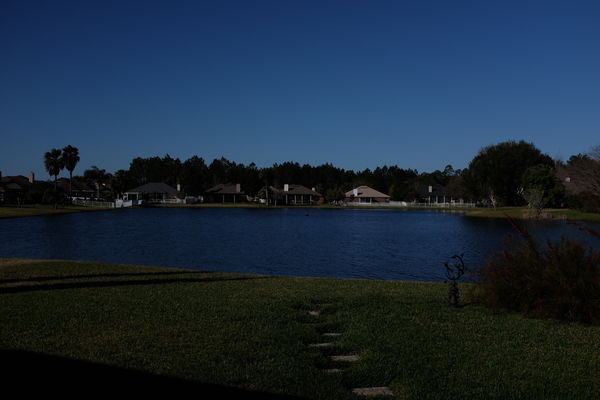
(Download)
In-camera edit of the same raw file, EC+1 with shadow and highlight recovery
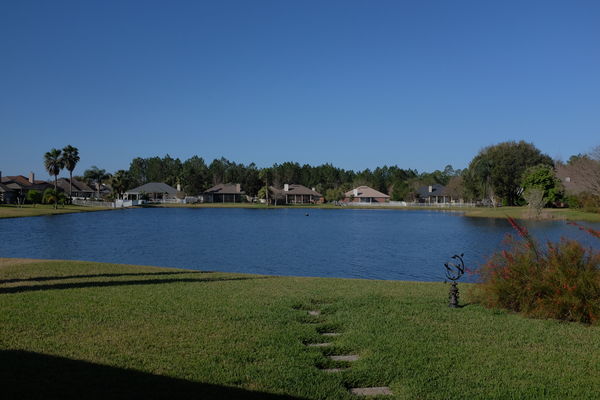
(Download)
Feb 22, 2020 11:59:24 #
Robg wrote:
Since it might have relevance to what follows, her... (show quote)
Ha ha only 4 pages of replies so far. There are literally dozens of posts here on this subject. Ok here is my reply.
It is a subjective decision. JPEGs can be quite good SOOC. Raw format offers a little more dynamic range, and sometimes that matters. If you are planning to retouch raw is better for that. But raw require retouching. It is a must. If you are a hobbist and like spending time retouching then you can eek out a little more from the raw.
JPEGs well exposed can be completely acceptable. No time needed for retouching.
There is a good video here where the advantages and disadvantages are discussed fairly and without emotion.
https://youtu.be/uk-luMDIKCE
Feb 22, 2020 12:10:05 #
Picture Taker
Loc: Michigan Thumb
the rule id no rule. You can do as you feel comfortable with. This group give you EACH PERSON'S opinion only. We all do what we feel comfortable with. S o keep doing it and have fun. Some say you need it and some say you don't. If you don't feel you need it them JPG is fine.
Feb 22, 2020 12:10:06 #
Picture Taker
Loc: Michigan Thumb
the rule id no rule. You can do as you feel comfortable with. This group give you EACH PERSON'S opinion only. We all do what we feel comfortable with. S o keep doing it and have fun. Some say you need it and some say you don't. If you don't feel you need it them JPG is fine.
If you want to reply, then register here. Registration is free and your account is created instantly, so you can post right away.





